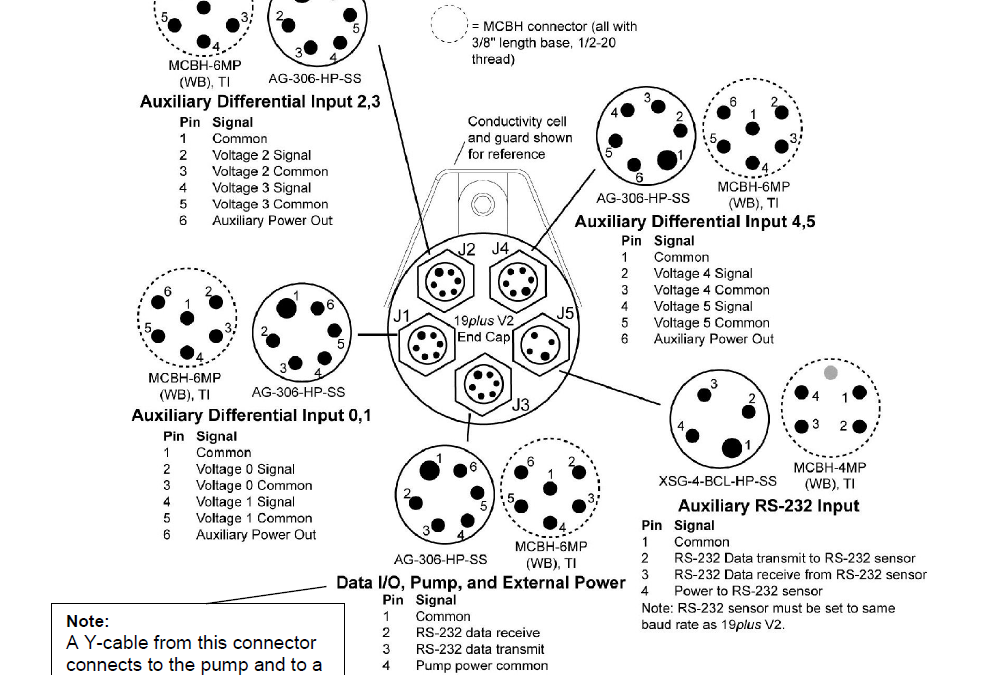From bottom contact triggers to transmissometers, oceanographic sensor options are vast and diverse, and choosing the right combination of sensors can significantly augment a CTD’s measurement capabilities. Although getting disparate technologies to talk to one...




